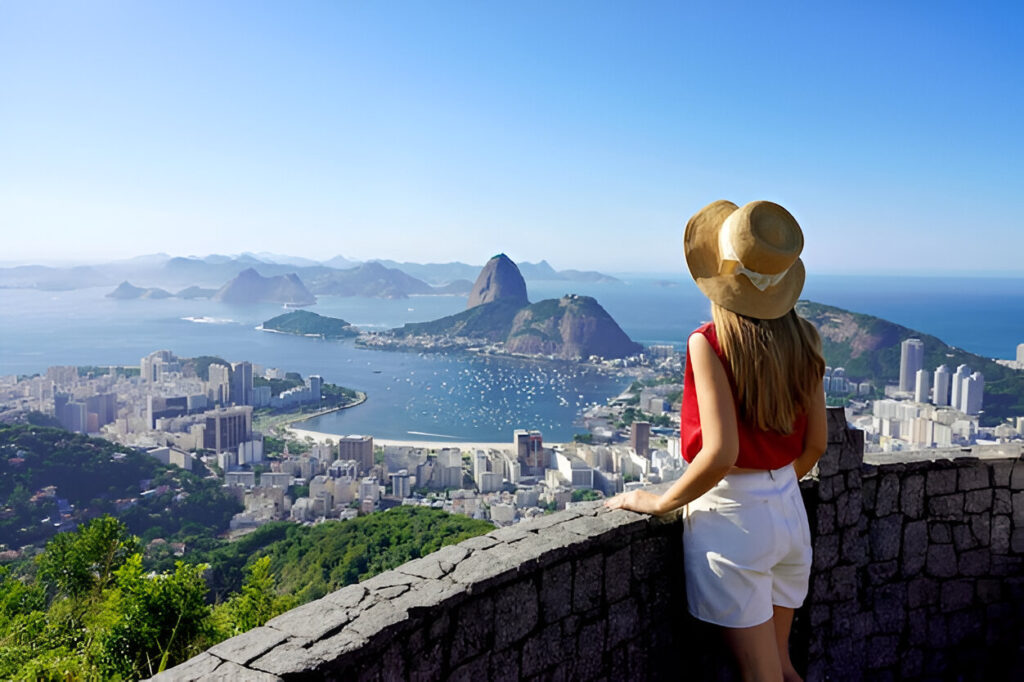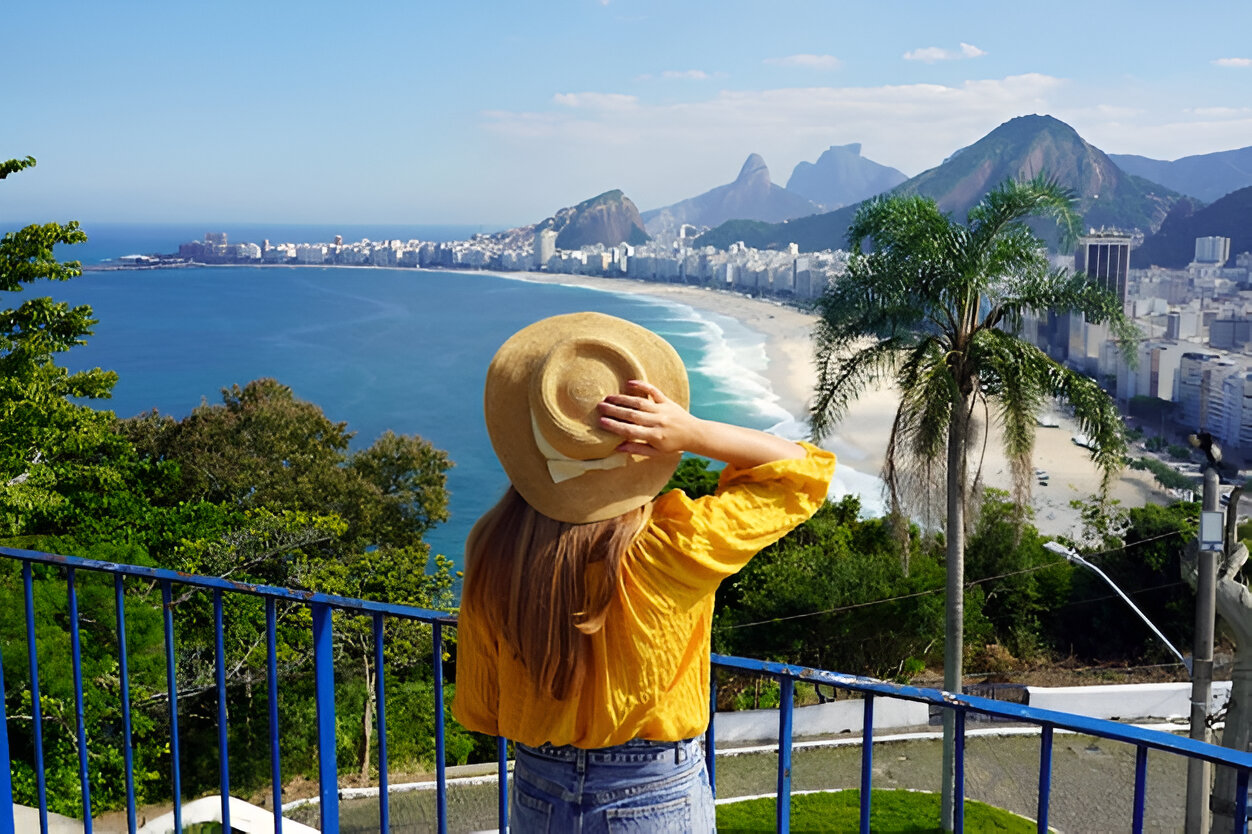South America isn’t just one destination—it’s a whole continent of contrasts. From high mountain ranges and dense rainforests to colonial cities and world-famous beaches, it offers something for almost every type of traveler. But with so many countries and landscapes to choose from, narrowing down the best places to travel in South America can be a challenge.
This guide is built on real travel data, practical case studies, and firsthand insights—not just travel clichés. Whether you’re planning your first trip to the region or looking to explore somewhere new, this post breaks down 10 standout locations that are worth your time and money. We’ll walk you through what to expect in each place, what it actually costs to get around, how many people visit each year, and what’s being done to protect both culture and environment.
By the end, you’ll have a clear idea of where to go, what to see, and how to make the most of your journey without relying on guesswork or hype. For more information visit here:
1. Machu Picchu & Cusco, Peru
Machu Picchu, sitting at 2,430 m in the Andes, saw around 950,000 visitors in 2023 after pandemic recovery. The site now operates through three timed-entry circuits (“panoramic,” “classic,” “royalty”) with a daily visitor cap of 4,500 off-season and 5,600 in high season . Access typically involves flying into Cusco, acclimating, then taking a train or hiking the Inca Trail. Cusco serves as the launch point, offering altitude acclimation, local markets, and Inca-era architecture. Timed tickets must be booked in advance, and hiring a licensed guide is strongly recommended to comply with regulations and fully appreciate the historical context. Aim for a minimum two-day stay to adjust to altitude and explore both the citadel and the surrounding Sacred Valley.

2. Rio de Janeiro, Brazil
Rio welcomed 2.82 million international tourists per year pre-pandemic and recorded a 19–51% rise in arrivals in 2024–2025, including over 744,000 visitors in the first quarter of 2025 Top attractions include beaches (Copacabana, Ipanema), Christ the Redeemer, Sugarloaf, and Maracanã Stadium. Visitors can enjoy cable car rides, urban samba performances, beachside relaxation, and New Year’s or Carnival celebrations. Stay in Ipanema or Copacabana for easy beach access. Watch your belongings in crowded areas and consider daytime visits to avoid urban safety concerns. Airport transfers and local transit are reliable, and English-speaking guides are widely available.
3. Buenos Aires, Argentina
Buenos Aires draws roughly 2–3 million international tourists annually . The city offers wide boulevards, European-style cafés, tango performances in milongas, and historic neighborhoods such as Palermo, San Telmo, Recoleta, and the Teatro Colón. Visitors can explore the Recoleta Cemetery, vibrant street art, and local markets. Argentina’s weakened peso makes meals, lodging, and entertainment more affordable, allowing travelers to stretch their money further. Plan three to four days to balance walking tours, tango evenings, day trips to Tigre or Colonia (Uruguay), and sample local parrillas
4. Galápagos Islands, Ecuador
The Galápagos welcomed roughly 271,000 visitors in 2019, dropped to 73,000 in 2020, and rebounded to 267,688 in 2022 . The archipelago operates under strict ecological controls: park permits, regulated visitor capacity, guided trails, and no free-roaming. You can snorkel with sea lions and marine iguanas, take wildlife-spotting tours, and visit islands like Santa Cruz, Isabela, and San Cristobal. Planning includes booking a multi-day cruise or fast ferry, securing park permits, and arranging guided excursions in advance. Expect higher costs due to transport and conservation fees, but the wildlife interaction is unmatched.
5. Torres del Paine National Park, Chile
Chile’s Torres del Paine attracts over 280,000 foreign visitors annually This UNESCO Biosphere Reserve features stunning granite towers, lakes, glaciers, and diverse wildlife. The park has well-maintained shelters (refugios) and campsites; cooking outside allowed only at refugios. Popular treks include the 50-mile W route (3–5 days) and the 81-mile O circuit (7–9 days). Entry requires guides for certain zones and advance booking of refugios or campsites. The best time to visit is September–April, with longer daylight. Prepare with layered clothing, rain gear, and park permits.
6. Cartagena & Bogotá, Colombia
Cartagena offers a fortified Old Town, colonial architecture, Caribbean beaches, and nearby Rosario Islands. Visitors explore Castillo San Felipe, ride horse-drawn carriages, and enjoy street food after guided tours.
Bogotá lets travelers walk La Candelaria’s cobblestone streets, view the city from Monserrate, and visit the Gold and Botero museums. Both cities require sunscreen, hydration, and altitude readiness in Bogotá (~2,600 m). Allocate two days per city, book accommodations centrally, and use guided city walks or organized excursions to nearby sites.
7. Atacama Desert, Chile
The Atacama is the driest non-polar desert on Earth, famous for salt flats, geysers, and lunar landscapes. Visitors take guided tours of the Valley of the Moon and Geysers del Tatio (best seen at sunrise), visit high-altitude lagoons, and stargaze under some of the clearest skies globally. Accommodation is based in San Pedro de Atacama. Nights are cold—warm clothing is essential. Guided tours handle logistics (altitude, water, permits). The region is accessible year-round, though winter nights (June–August) can be freezing.
8. Salar de Uyuni, Bolivia
Salar de Uyuni is the world’s largest salt flat, stretching 10,582 km². It’s famous for salt-crust landscapes in the dry season and a reflective mirror effect during the wet season. Tours range 1-3 days, including visits to the Train Cemetery, Incahuasi Island (cacti), and salt-hotel stays. Start from Uyuni town, bring sun protection and warm clothing for cold nights. Guides supply 4×4 transport, meals, and permits. High altitude (~3,650 m) may require acclimation time.
9. Montevideo & Punta del Este, Uruguay
Montevideo is Uruguay’s relaxed capital, featuring a 20 km coastal promenade, Ciudad Vieja’s colonial architecture, and beachside parks. Punta del Este draws 3.8 million tourists in 2023, mostly from Argentina and Brazil Enjoy beaches like Mansa (calm) and Brava (surf), upscale restaurants, and nightlife. Both destinations are accessible via bus or ferry from Buenos Aires. Pick Montevideo for culture and markets; Punta del Este for beach resorts and yacht marinas. Stay in summer (December–February) for peak amenities.
10. Futaleufú, Chile & Amazonian Peru
Futaleufú is a whitewater rafting hub on Chile’s Futaleufú River, rated world-class. Visitors take multi-day raft trips, kayak, fish, or hike in rugged landscapes. Stay in lodges in nearby Palena province. Amazonian Peru (Iquitos region) offers jungle lodges, riverboats, and guided wildlife treks. Expect hot, humid conditions, mosquito precautions, and eco-lodges deep in the rainforest. Guides provide local expertise and handle sanitation and safety.

Conclusion : Best Places to Travel in South America
South America offers a wide variety of destinations for every type of traveler. From the ancient ruins of Machu Picchu to the wildlife-rich Galápagos Islands, from the beaches of Brazil to the glaciers of Patagonia, the continent blends culture, nature, and history in a way few regions can. Whether you prefer city life, outdoor adventure, or remote eco-tourism, there’s a region that fits your travel style.
What makes these places stand out is not just their natural beauty or cultural importance, but how accessible and visitor-friendly they’ve become. Most locations now offer structured tour options, well-developed lodging, and transport services that simplify planning. At the same time, governments and local communities are working hard to preserve their environments and heritage sites.
If you’re looking for real experiences, diverse landscapes, and the chance to travel affordably, the destinations highlighted in this guide are some of the best places to travel in South America today. They’re not just bucket-list stops—they’re well-supported, safe, and ready for travelers who want more than just sightseeing.





